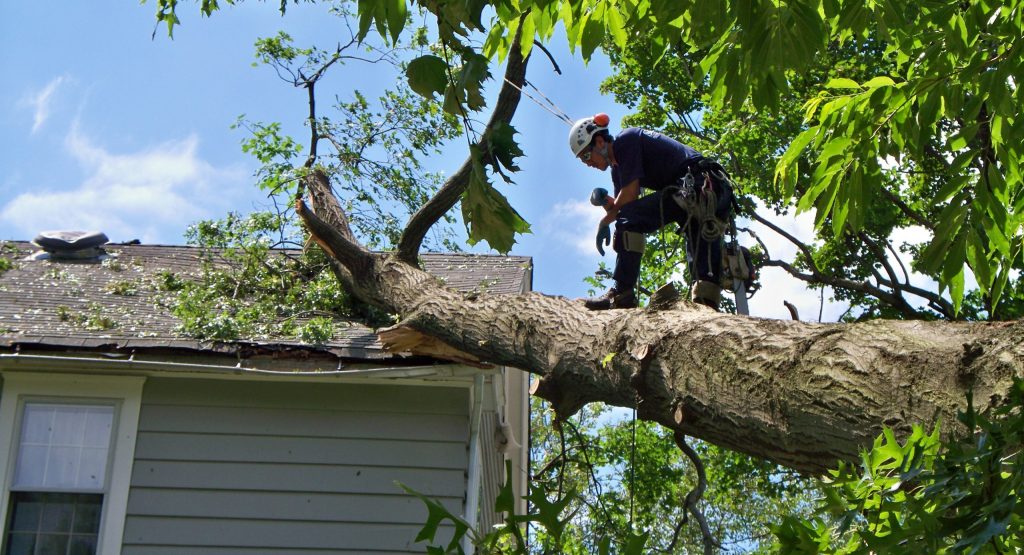
When a tree falls unexpectedly or poses an immediate danger, it can be a stressful situation for any property owner. Emergency tree removal is crucial to ensure the safety of your family and property. Handling such situations requires a cautious approach to prevent injuries and further damage. In this article, we will discuss the steps you can take to safely and efficiently handle emergency tree removal situations.
Assess the Situation
Evaluate the Risk:
- Determine the extent of the damage caused by the fallen tree.
- Check for any immediate risks such as power lines or structures that may have been damaged.
- Assess the stability of the tree and its surroundings to avoid any potential hazards.
Call for Professional Help:
- Contact a certified arborist or tree removal service to assess the situation.
- Do not attempt to remove the tree yourself, especially if it involves power lines or is in a precarious position.
- Professional tree removal services have the expertise and equipment to safely remove the tree without causing further damage.
Ensure Safety
Secure the Area:
- Mark off the area around the fallen tree to prevent anyone from entering the danger zone.
- Keep pets and children away from the area until the tree is safely removed.
- If the tree has damaged power lines, keep a safe distance and contact the utility company immediately.
Use Protective Gear:
- Wear protective gear such as gloves, safety goggles, and a hard hat when working around the fallen tree.
- Use sturdy footwear with good grip to prevent slips and falls.
- Avoid loose clothing that can get caught in branches or equipment.
Remove the Tree
Cut the Tree in Sections:
- Start by cutting the branches of the tree in manageable sections using a chainsaw or handsaw.
- Work from top to bottom to avoid putting pressure on the lower sections of the tree.
- Remove the larger trunk sections carefully to prevent them from rolling or causing further damage.
Use Proper Equipment:
- Ensure that the chainsaw is in good working condition and the blade is sharp.
- Use appropriate safety gear such as hearing protection and a face shield when operating the chainsaw.
- Have a sturdy ladder or climbing equipment if the tree removal requires working at heights.
Clean Up the Debris
Dispose of Tree Waste Properly:
- Collect and dispose of the tree branches and debris in a designated area for recycling or disposal.
- Avoid burning tree waste without proper permits and regulations in place.
- If the tree was infected or diseased, consult with a professional on proper disposal methods to prevent the spread of pathogens.
Inspect for Damage:
- Check the surrounding area for any damage caused by the fallen tree, such as damaged structures or landscaping.
- Assess the health of nearby trees that may have been affected by the fallen tree or its removal process.
- Address any safety hazards or repairs needed to restore the area to its original condition.
Final Thoughts
Handling emergency tree removal situations safely and efficiently requires a combination of caution, proper equipment, and professional expertise. By following the steps outlined in this article, you can ensure that the fallen tree is removed without causing further harm or risks. Remember to prioritize safety at all times and seek help from trained professionals when needed.